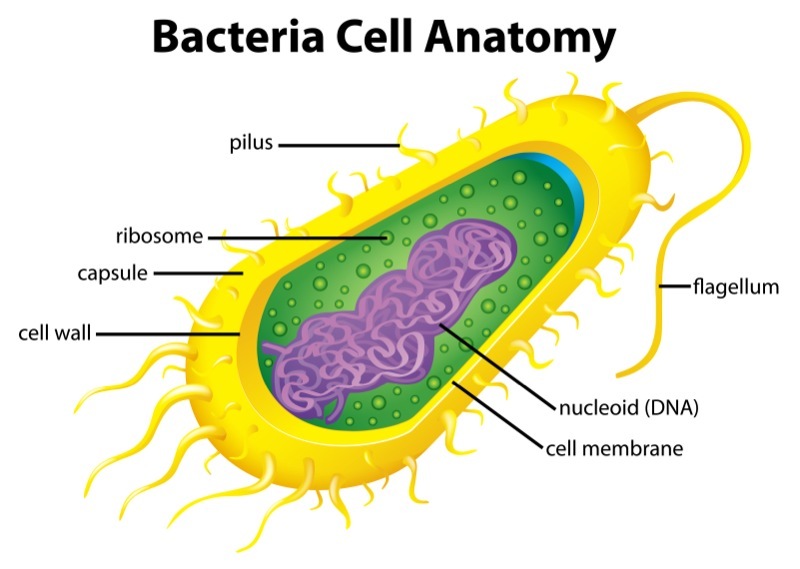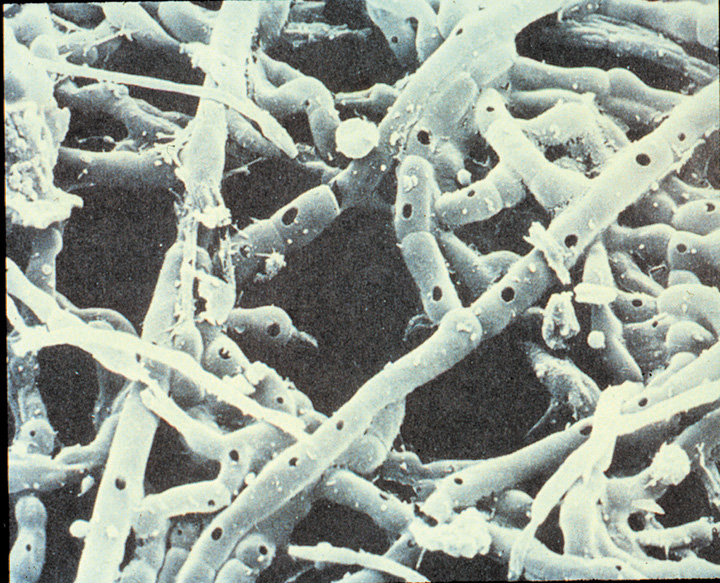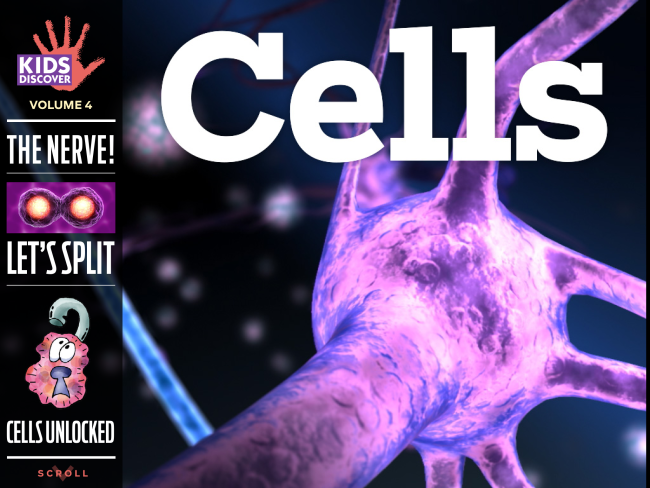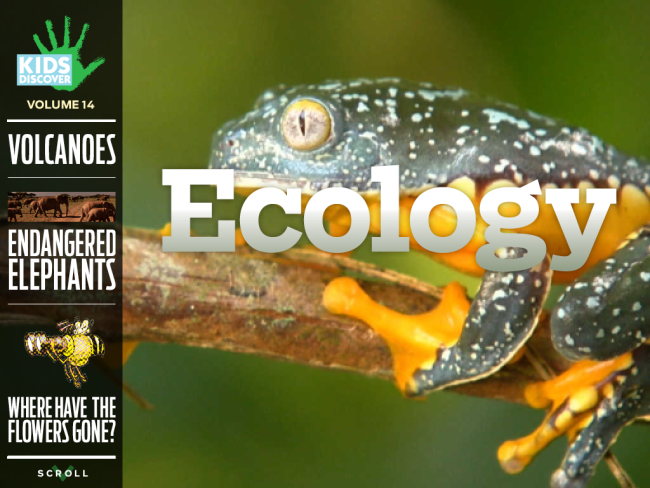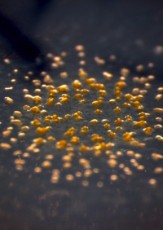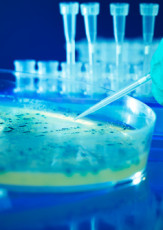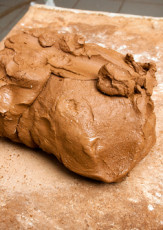Seven hundred years ago bubonic plague spread like a dark cloud across Europe. The disease killed as much as one third of the population. What was behind this terrible outbreak? Bacteria.
Bacteria: germy, slimy, dangerous, right? Sure, some bacteria are nasty, like the one named Yersinia pestis which caused the bubonic plague. But many other bacteria make our world a healthier place.
Bacteria are microorganisms, organisms that are too small to be seen without a microscope. Bacteria have thrived on Earth for at least 3 billion years. They were here long before any plants, insects, birds, or dinosaurs.
Billions of years ago bacteria helped shape Earth’s atmosphere by producing oxygen through photosynthesis. That in turn, set the stage for more advanced life forms. Bacteria are still among Earth’s most important forms of life.
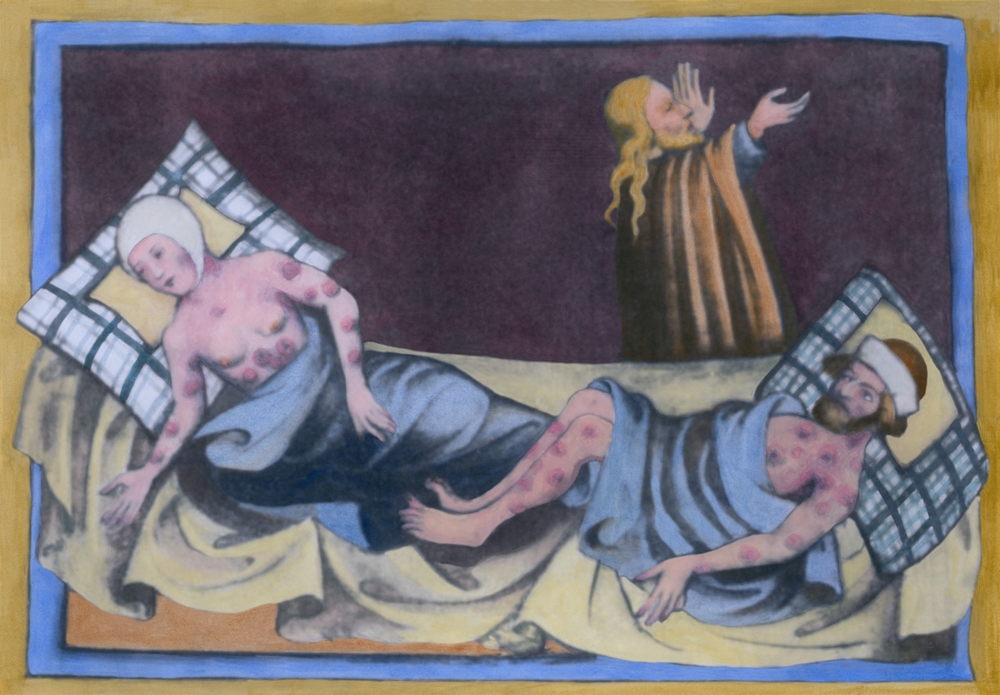
The bubonic plague was caused by a bacterium called Yersinia pestis. It infected fleas carried on rats, and was transmitted to humans from flea bites. (Everett Historical / Shutterstock)
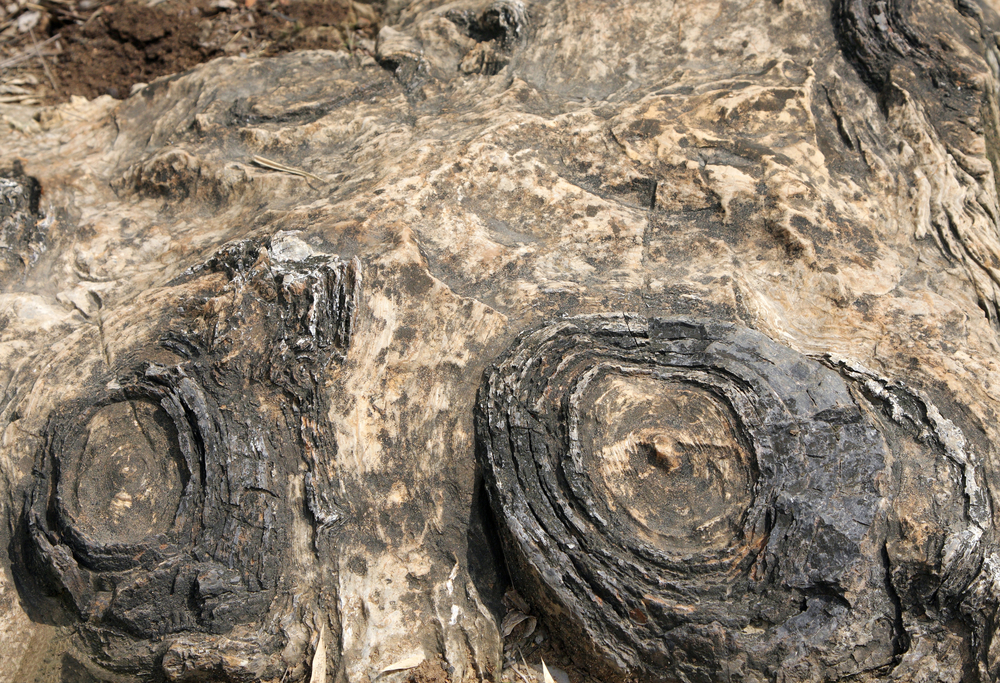
The oldest evidence of bacteria are fossilized stromatolites, clumps consisting of billions of bacteria cells. These stromatolites in India are 1.4 billion years old. (Dr. Ajay Kumar Singh / Shutterstock)
Small and Mighty
Organisms fall into two large groups, eukaryotes and prokaryotes. The cells of eukaryotes have membranes surrounding the nucleus and organelles. All multi-celled organisms, including animals, are eukaryotes.
Bacteria belong to the simpler prokaryote group, in fact they are among the simplest life forms on Earth. Like all prokaryotes, bacteria cells lack membranes separating their interior parts. Instead, they have a central feature called a nucleoid which contains the bacteria’s genetic material, or deoxyribonucleic acid (DNA).
Bacteria come in different shapes, generally balls, rods, or spirals. Many also have a “tail” called a flagellum which helps them move around. Bacteria are tiny, just a few micrometers (millionth of a meter) across. It would take hundreds or more just to span the period at the end of this sentence.
They may be small, but bacteria are hardy. Some can even “eat” metal. They reproduce fast, too, like the infamous e-coli (Escherichia coli). It doubles every 20 minutes. Another bacteria can double in just 10 minutes. Even most slower-growing bacteria double within a day.
Bacteria been around forever, can get nutrients from almost anything, and reproduce faster than you can eat your lunch. No wonder they are everywhere, and in vast numbers, too. One teaspoon of soil may contain a billion bacteria cells! Water can contain millions per drop.
What’s more, there are almost no conditions that bacteria can’t handle. Bacteria called extremophiles thrive in extreme environments where no other organisms could survive. Scorching, smoky volcanoes on the deep sea floor? No problem. Frigid, super-salty water under 60 feet of Antarctic ice? Hop on in!
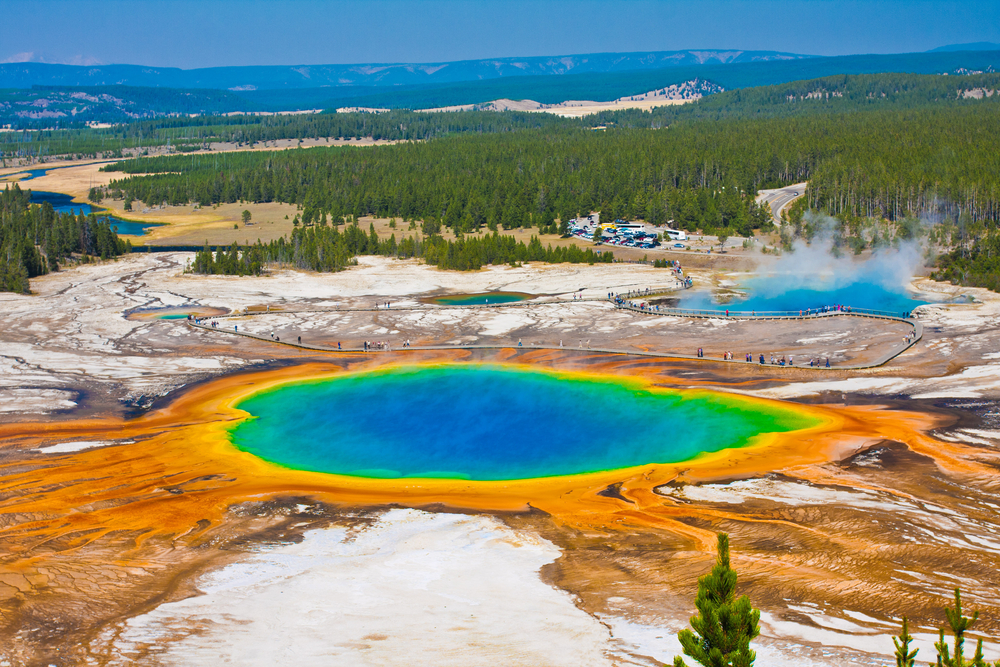
Yellowstone’s famous hot springs get their rainbow colors from extremophile bacteria that live in the scalding waters. (Lorcel / Shutterstock)
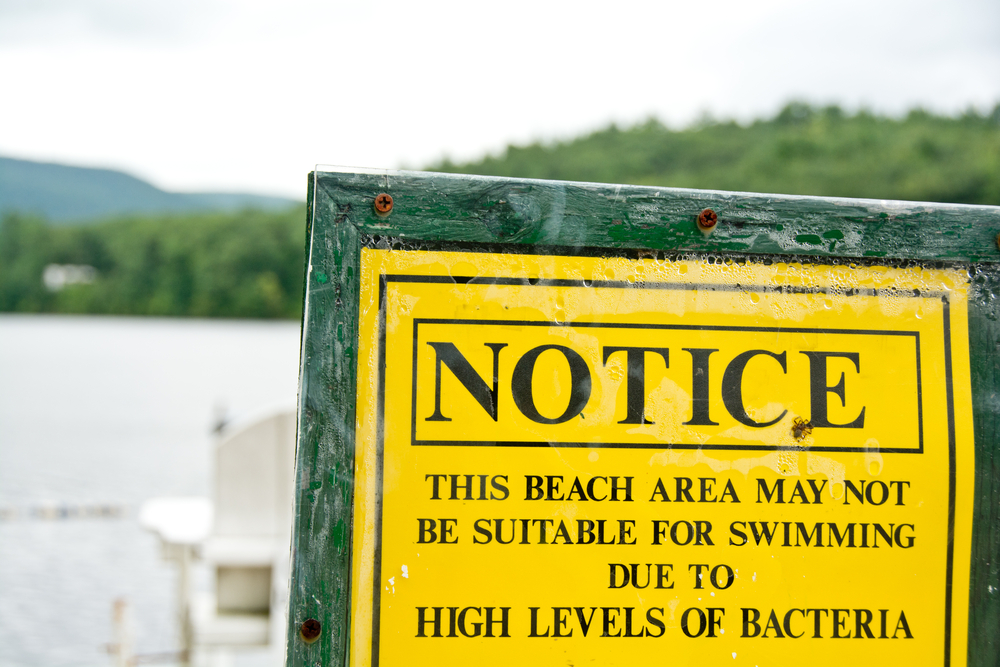
High levels of bacteria can make water unsafe for swimming and drinking. (Erica J. Mitchell / Shutterstock)
You, The Habitat
You probably don’t think of yourself as a habitat. But to bacteria you are. Scientists call the community of bacteria and other micro-organisms that live in a person a microbiome.
You, as a microbiome, are home to trillions of cells of bacteria and other microorganisms. In fact, the number of microorganism cells in your body outnumber your own human cells 10 to 1! If you weigh one hundred pounds, you could be carrying around three pounds or more of bacteria. They live all over: in your gut, on your skin, in your mouth.
In Bethesda, Maryland, microbiologists with the Human Microbiome Project have been studying the microbiomes of hundreds of different people. The project is being conducted at the National Institutes of Health (NIH).
These scientists and other researchers have discovered some cool (and sometimes creepy) facts about bacteria in people. Most importantly, they’ve determined that each person’s microbiome is unique.
The exact type and number of bacteria in your microbiome depends on many factors: Your diet, your health, where you live, even whether you were fed formula or your mother’s milk as an infant.
A person’s microbiome isn’t set in stone, either. It can change due to shifts in diet, health, environment, or exposure to outside sources. One study in Europe found that when two people kiss, they can exchange as many as 80 million bacteria cells!
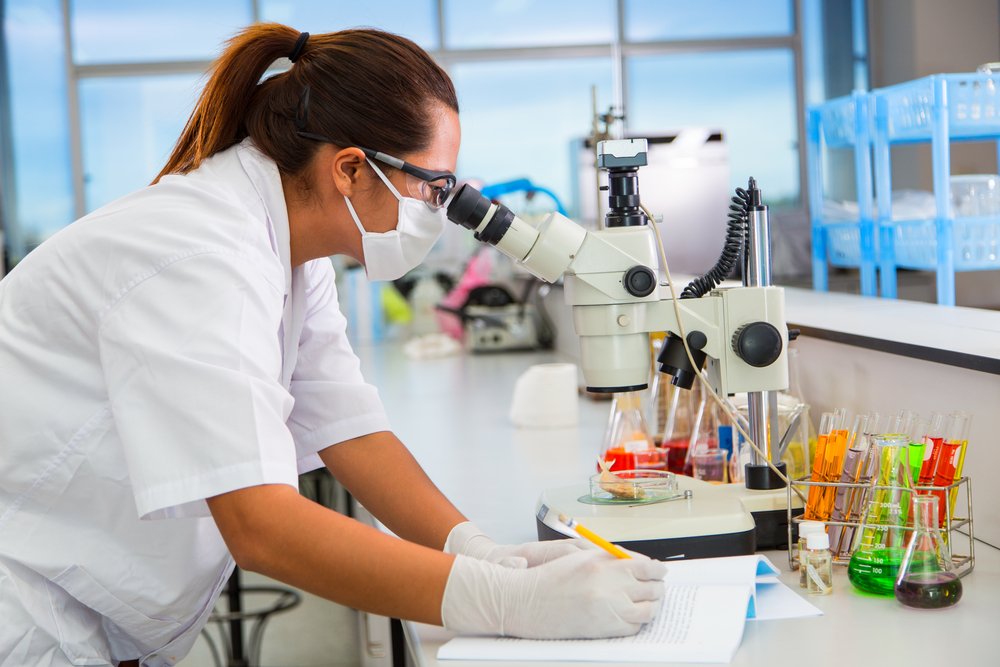
Microbiologists are scientists who study bacteria and other single-celled organisms. (Nattanan726 / Shutterstock)
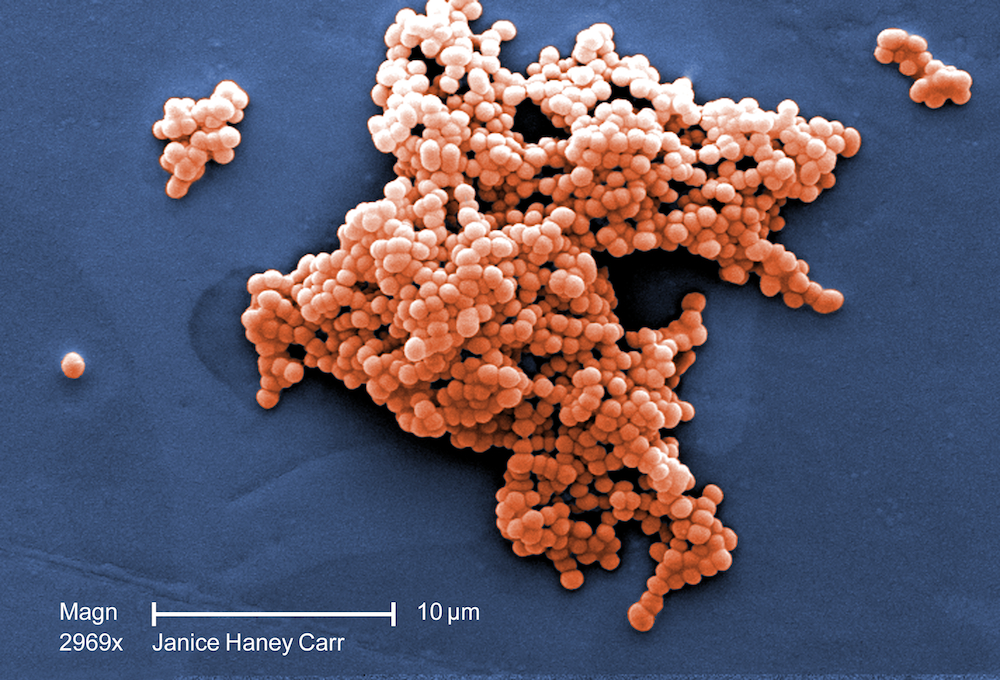
This is a photo of a cluster of streptococcus bacteria magnified about 3,000 times. Each sphere is about 1 micrometer across. (Janice Haney Carr / CDC)
The Good, the Bad, and the Ugly
Some bacteria, called pathogens, cause diseases. If you’ve ever had an infection or gotten sick from tainted food, pathogenic bacteria may have been the culprit. Bacteria cause diseases by releasing toxins from their cells, or by causing a body to produce toxins.
One group of bacteria called escherichia coli (e.coli) can trigger severe illness when it gets into food or water. Another bacteria, mycobacterium tuberculosis, causes a highly contagious lung disease called tuberculosis. Then, there’s flesh-eating bacteria, which…well, you get the picture.
Doctors use antibiotics to fight bacteria. Antibiotics are fantastic life savers. Without them, millions of people would have died. Other precautions like careful food handling and antibacterial hand cleaner also keep harmful bacteria from sickening people.
But before you rush off to dip yourself in hand cleaner, remember that most bacteria are harmless, or even beneficial. In fact, antibiotics can do harm by eliminating good bacteria along with the bad. And there are many, many good bacteria.
Start with plants and soil. Bacteria living on plants convert nitrogen into a form that the plants can use to grow. Some bacteria actually help plants fight infections. And it’s bacteria that gives rich, healthy soil that nice earthy smell.
Bacteria are also the original recyclers. Imagine a world where dead plants and animals just piled up. Gross! Fortunately, bacteria move in. They break down the dead organisms.
Much of the bacteria in animals is beneficial, too. Inside your body, bacteria help digest food. Some, like Bacteroides thetaiotaomicron, help break down plant matter, for example.
Another, Helicobacter pylori, keeps your stomach from becoming too acidic. This same bacteria also helps regulate hunger. Studies show that people who lack Helicobacter pylori may gain more weight than those who have it.
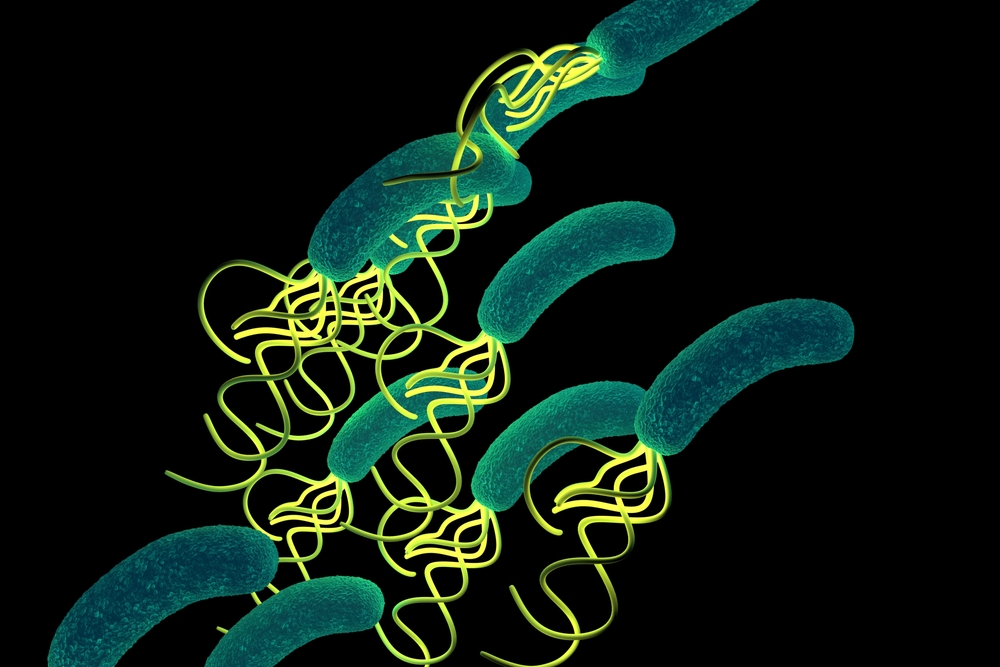
Helicobacter pylori is a beneficial bacteria that lives in our stomachs. It helps regulate stomach acid as well as appetite. (Royalty Photos / Shutterstock)
Looking Ahead
As we learn more about bacteria, we discover more about ourselves, and maybe even about life beyond Earth.
Astrobiologists, who search for life on other planets, are especially interested in extremophile bacteria. After all, if these microorganisms can survive in Earth’s most extreme places, could they also survive conditions on other worlds?
Meanwhile, scientists look to solve many mysteries about bacteria in people and the environment back on Earth.
For example, how can we keep pathogens from becoming “immune” to antibiotics, as many already have? Why do people affected by some disorders, including autism, host different bacteria in their guts than those without the disorder?
Scientists are also learning how to treat certain diseases by altering a sick person’s microbiome. Some doctors are even transplanting bacteria from healthy people into sick people, often with good results. What’s in your microbiome today?
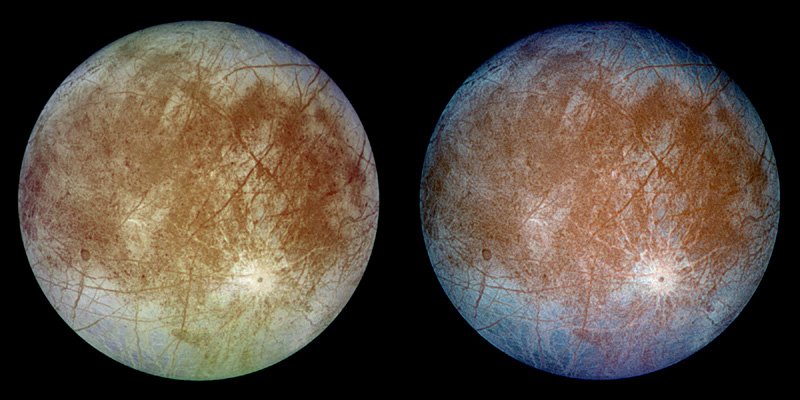
Astrobiologists wonder if Jupiter’s moon Europa could have bacteria in an ocean beneath its icy surface. (NASA)
Written by Beth Geiger
[wp-simple-survey-44]
